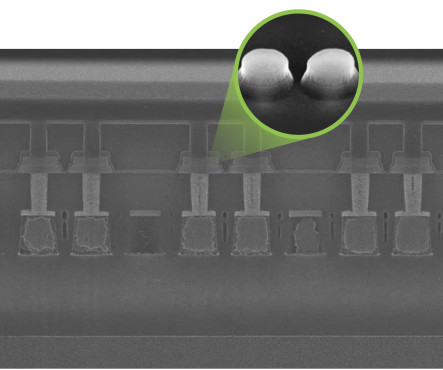Georgia Tech researchers develop aluminum-foil-based anodes for all-solid-state Li-ion batteries
Green Car Congress
JULY 21, 2023
The team observed that the aluminum anode could store more lithium than conventional anode materials, and therefore more energy. Instead of using pure aluminum in the foils, the researchers added small amounts of other materials to the aluminum to create foils with particular microstructures. Resources Liu, Y.,












Let's personalize your content